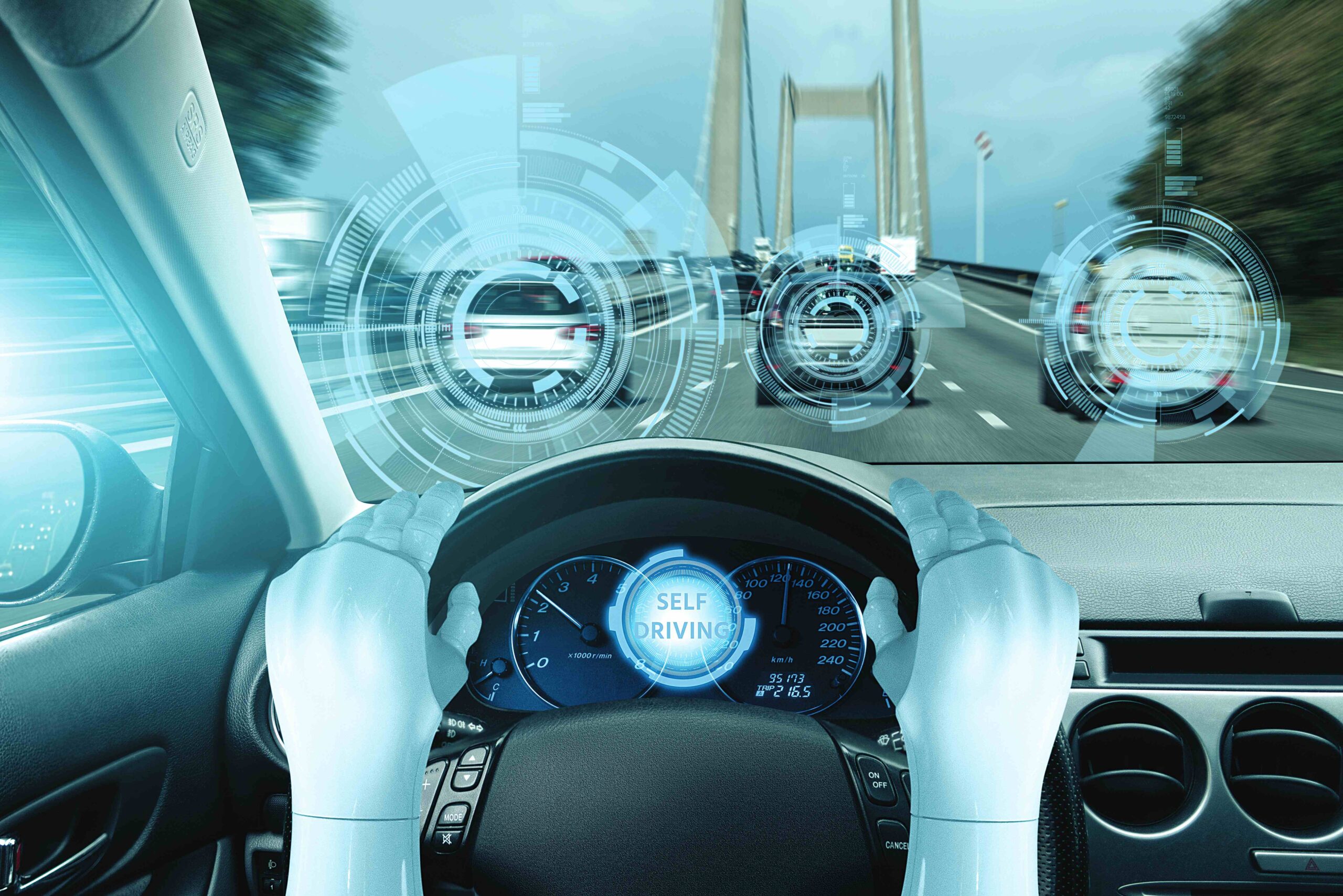

Studies show that human factors are the leading cause of road accidents, responsible for about 57% of incidents, while vehicle and roadway factors contribute only 3% each, with the remaining incidents stemming from a combination of these elements. Some studies even suggest that human errors account for over 90% of accidents. In response to this pressing concern, IIT Roorkee has initiated efforts to reduce road accidents in India. Pushpa Chaudhary, Assistant Professor, Transportation Engineering at the Institute says that an Indian-specific Advanced Driver Assistance System is crucial due to the distinct driving conditions and behaviors prevalent in India
Continuous advancements in driving assistance systems highlight the increasing effectiveness of technologies like lane departure warning and lane keep assist, which monitor a vehicle’s lateral movement to enhance safety. Lane departures, often caused by inattentiveness or fatigue, are major factors in fatal crashes. LDWS, a pivotal ADAS technology, plays a significant role in preventing high-speed collisions on freeways and highways by warning drivers of unintended lane deviations.
The superiority of LiDAR over camera systems in lane detection is attributed to its ability to generate precise three-dimensional maps of the surroundings, providing greater accuracy across various driving scenarios and less susceptibility to lighting variations.
Research indicates that in-vehicle LDWS can reduce crashes by 18%, injuries by 24%, and fatalities by 86%. LDWS operates by sensing the road environment through optical cameras, LiDAR, and infrared sensors, determining the likelihood of a vehicle drifting from its lane, and issuing warnings through audible, tactile, or visual means if a lane departure is imminent without the turn indicator being activated.
IIT Roorkee developed ADAS is tailored to Indian drivers and designed to operate effectively under various lighting conditions. Researchers have collected data from expressway and developed LDWS for high-speed corridors using LiDAR sensor.

Traditional LDWS are often based on camera sensors that suffer from significant limitations, including decreased reliability under poor lighting. In India, it is common to observe drivers disregarding lane markings, demonstrating poor lane discipline and obstructing traffic flow in both lanes. This behavior is particularly prevalent on high-speed corridors, where even minor errors can lead to significant accidents and losses.
Addressing these shortcomings, a novel approach has been developed at IIT Roorkee, which employs a cost-effective 3D LiDAR sensor capable of operating effectively regardless of lighting conditions. This innovative system utilizes a sparse point cloud data obtained from a 16-laser LiDAR sensor. This not only aids in maintaining lane discipline but also significantly enhances road safety by alerting drivers of potential lane departures before they occur. By adopting a more economical 16-laser LiDAR setup, the system also circumvents the high costs associated with more sophisticated sensors, making it a viable option for widespread implementation in developing regions with similar driving conditions to India.
Through this research, researchers have not only addressed a vital gap in LDWS development under varied driving conditions but also contributed to the broader goal of improving vehicular safety and reducing accident rates on roads worldwide. Three different types of lateral movements have been taken care of: (a) Driving on lane marking without indication (improve lane discipline), (b) Lateral drifting within lane (preventing unintentional drifting), (c) Drifting from lane without indication (vehicle changing lane) and proposed warnings based on their severity levels.
The methodology illustrates a mechanism to leverage sparse point cloud data for the robust identification of lane markings, significantly enhancing the accuracy and reliability of the lane detection system. Secondly, the approach introduces a novel and pragmatic strategy for the development of lane departure warning systems, categorizing and addressing different types of vehicle movements based on their severity levels, an area that remains underexplored in current research.

In this context, “safety surrogate measures” refer to indicators that are used as proxies for safety-related outcomes, such as traffic flow characteristics or driver behavior. These measures are used to estimate critical thresholds, which are specific values or ranges that indicate when certain safety issues are likely to occur. When it comes to expressway driving, these critical thresholds are crucial for ensuring safe driving conditions and preventing accidents. However, many of these thresholds are often derived from research conducted in developed nations and may not accurately reflect the driving behaviors and conditions in countries like India.
Recognizing this limitation, researchers at IIT Roorkee have conducted studies to estimate these critical thresholds based on the specific driving behaviors and conditions observed in India. By doing so, they aim to provide recommendations for specific headways, which are the distances between vehicles, that are more suitable for Indian driving conditions. Furthermore, the researchers have also considered night-time driving scenarios in the studies. This is an important addition, as driving conditions and behaviors can differ significantly between day and night, and addressing these differences is essential for ensuring road safety around the clock.
MG Hector Introduces Advanced ADAS (Level 2) for Indian Roads
The latest version of MG Hector comes equipped with Advanced Driver Assistance Systems, designed specifically for India’s diverse road conditions. Developed in partnership with Bosch, this achievement represents a significant milestone in automotive innovation, blending local engineering expertise with global collaboration.
The Hector ADAS Level 2 capabilities include Traffic Jam Assist (TJA), Adaptive Cruise Control (ACC), and Auto Emergency Brake (AEB) customised for the Indian market, addressing the unique challenges faced on our roads. The development of ADAS software involved careful calibration to adapt to the varied terrain and driving conditions found across India. Extensive data gathering and testing were conducted over extended periods to ensure reliability and optimal performance. The rigorous testing process involved scrutinizing every aspect of the ADAS system, with feedback loops integrated to continuously refine its functionality.
 TrafficInfraTech Magazine Linking People Places & Progress
TrafficInfraTech Magazine Linking People Places & Progress